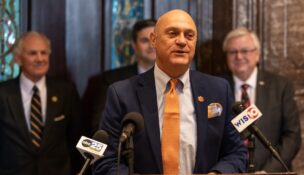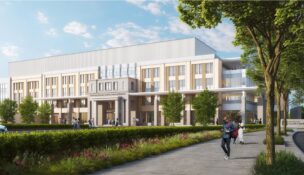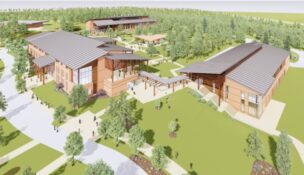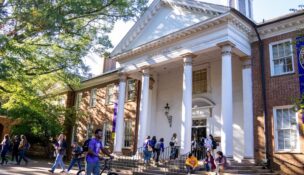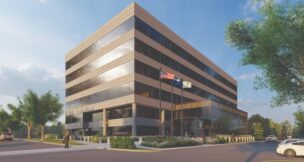MUSC pursuing capital project to centralize students, faculty
Staff //February 9, 2022//
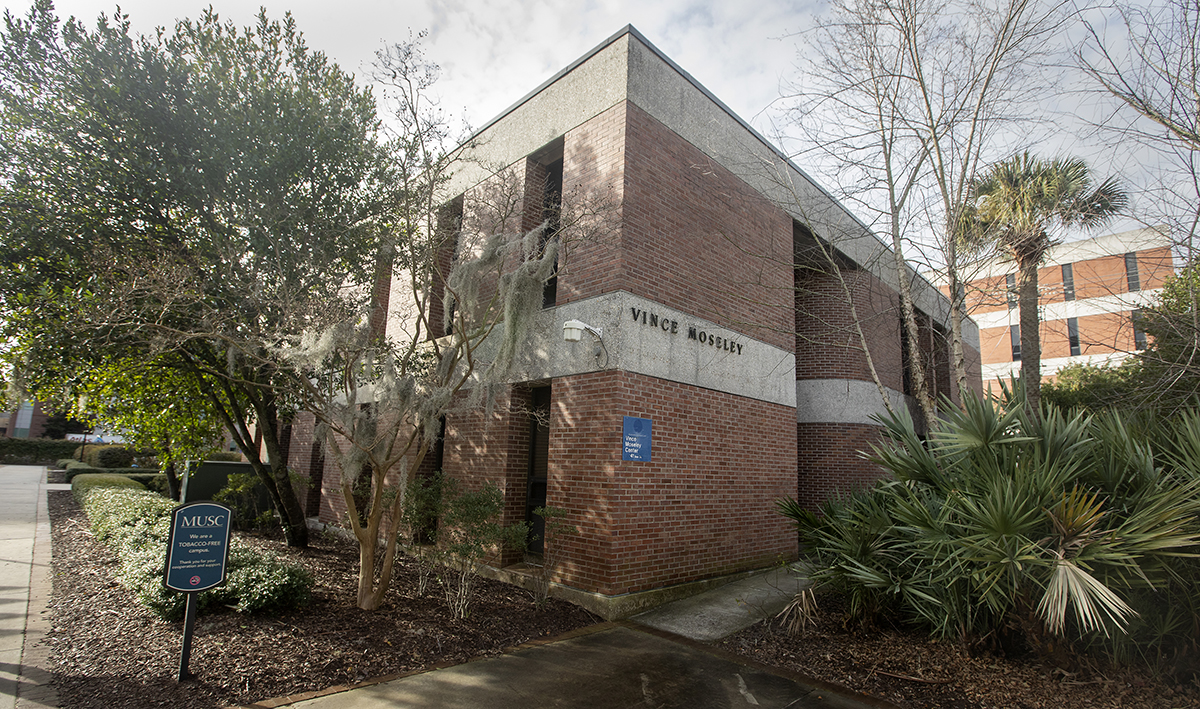 The state’s oldest public medical college is marking 198 years since the Medical University of South Carolina was established, and with it, the board has voted to launch fundraising for a new College of Medicine academic building.
The state’s oldest public medical college is marking 198 years since the Medical University of South Carolina was established, and with it, the board has voted to launch fundraising for a new College of Medicine academic building.
The proposal is to replace the existing Vince Moseley building at the corner of President and Bee streets, creating a centralized home for students and faculty scattered in buildings across downtown Charleston.
“Our current spaces have pretty much aged out and haven’t kept up with some of the latest developments in education and other activities we want to develop for our students,” Dean of Medicine Dr. Raymond DuBois said. “Most schools of medicine in the country do have a dedicated building for their education and faculty and research efforts, and we just are sort of spread out in several different places.”
The last “new” building for the college was erected around 1955 and Dubois said talks about a new academic space have been ongoing for the past two or three years.
Schools like the University of North Carolina and Duke University are doing the same thing, collecting everyone into one home, said Janet Buffington, administrative coordinator for MUSC, who is focused on the nuts and bolts of the project.
With the recent expansion of MUSC’s health system throughout the state, there’s serious talk of establishing another regional campus around one of them, in addition to facilities in Charleston and Anderson. Such an undertaking, however, would require MUSC to increase its class size and currently, the college doesn’t have enough seats in classrooms to do that.
“We can’t get accredited for more students unless we have more seats,” DuBois said.
And applications are flooding in to MUSC as medical school applications nationwide have risen 16%-20% in the last few years.
“Right now, we’re able to recruit some of the most renowned faculty in America to come work for us. The students are high caliber, and we’ve been breaking the research record every year at the medical school,” said Derek Brown, associate dean of development for the College of Medicine. “Imagine what would happen if we had a state-of-the-art facility to go with that. Amazing things can happen.”
The appeal of razing the Moseley building is its central location on campus, which makes the spot the most convenient for an academic building. To-date, the college has done a large expansion of its clinical buildings along the Ashley River side of the campus, but DuBois said that’s still a pretty far walk for faculty to travel.
“It’s centrally located for the students to be able to do research education, use the library and all these other activities,” DuBois said.
The current structure has a fairly small footprint, with two stories and roughly 10 offices. By building up, the new design could more efficiently use the property. DuBois said next steps will be detailing diagrams and usage of the space, selecting an architecture team and developing a feasibility plan for fundraising.
While MUSC doesn’t have a concrete cost without a final design, Brown has researched the range of what a building of the desired size will cost in terms of dollars per square foot, equipment and so on.
Final fundraising numbers are still to be determined, but to help with feasibility plans, the college has contracted with fundraising firms nationwide.
“We have thousands of donors to this medical school and 9,000 living alumni, so we’ll be talking to many stakeholders to get an understanding of what they feel about the building. Are they excited about this opportunity before us? Would they be willing to partner with us?” Brown said. “We’re going to need a good amount of support to make this a reality, but the payoff is unbelievable to think about what this could do for our college.”
Ideally, DuBois wants to equip the building with up-to-date technology and services where students could work in small groups or on simulations. He would also like to see the school teach via virtual reality.
“The caliber of students that we’re recruiting now, from my understanding, is really outstanding with some of the best MCAT scores that we’ve had,” Brown said. “They could go to medical school at numerous places, and we don’t want to lose out if other schools have more place to study, better technology.”
The College of Medicine has reserves to help support the endeavor and DuBois said MUSC will seek support from the state, which has supported other medical schools in the past. There’s no guarantee MUSC would see any money, though.
Down the line, leaders see more potential projects to the school, including updating MUSC’s main bed tower, along the Ashley River location.
“This college is the oldest medical school in the south. It’s well regarded around the nation,” Brown said. “This new building really will be a symbol of excellence for South Carolina, and we’re hoping that a special donor will put their name on it.”
T






